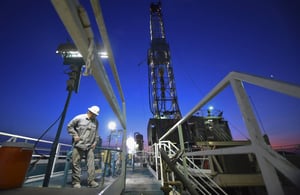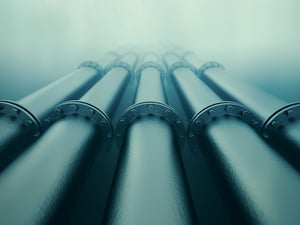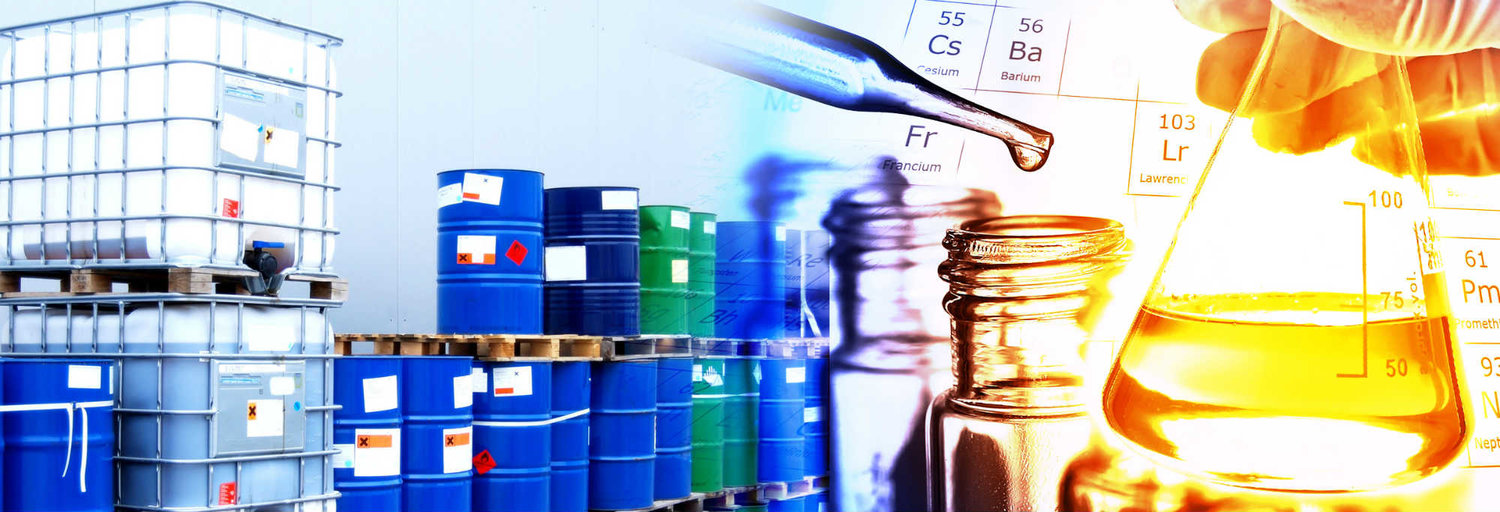
As long as there has been an oil industry, there have been corrosion and erosion. Upstream, midstream and downstream operators have constantly sought better ways to protect their assets and safeguard both health and safety and the bottom line.
In the past, there were coupons to act as a proxy for metal loss. Then there were in-line sensors capable of monitoring corrosivity. Now there are non-intrusive, ultrasonic sensors capable of directly monitoring pipe wall thickness. The trend is for more sensors, more data and more monitoring at the expense of inspection. Progress. But it would be a mistake to read this as a story of each technology simply superseding the last. In fact, the most effective approach is to combine intrusive probes and non-intrusive sensors under new procurement arrangements, to give an integrated perspective that is greater than the sum of its parts. To understand how, cause and effect need to be disentangled.
The end-effect: non-intrusive sensors
Whether the problem is corrosion or erosion, ultimately the end-goal is to minimise metal loss. Gradual loss of pipe thickness can become a major hazard, threatening loss of containment, significant downtime and – in worst case scenarios – even injury or loss of life.
It stands to reason then, that operators want to monitor and measure that metal loss. By keeping track, they can be proactive with repairs and minimize risks. In the old days however, this simply was not possible. Coupons, inserted into the flow, could provide a proxy reading for metal loss but there are simply too many variables for this to ever be completely accurate.
 The recent advances in ultrasonic sensors then, have been something of a revelation for the industry. These can be affixed to the outside of the pipe wall, with no need to penetrate it (and consequently no downtime). They then use soundwaves to directly measure pipe wall thickness at a given location – no proxy readings, no estimates – concrete data.
The recent advances in ultrasonic sensors then, have been something of a revelation for the industry. These can be affixed to the outside of the pipe wall, with no need to penetrate it (and consequently no downtime). They then use soundwaves to directly measure pipe wall thickness at a given location – no proxy readings, no estimates – concrete data.
This gives operators something they never had before. What’ is more, the fact that they are non-intrusive is seen as a major plus. They can be installed easily in high risk, harsh environments and feed back data wirelessly to corrosion engineers. Directly measuring metal loss is unquestionably the best option for erosion monitoring too.
The cause: in-line probes
This ability to directly monitor the effects of corrosion and erosion has caused a lot of excitement in the industry. However, in some quarters, eagerness has seen some overstate the case for non-intrusive sensors, seeing them as a replacement rather than a complement for existing intrusive technology.
That would be to monitor the effect without monitoring the cause. Both are vital.
 In the case of corrosion, operators often inject corrosion inhibitor chemicals into the flow in order to reduce corrosion rates and protect pipe wall thickness. This is a delicate operation that requires chemical levels to be finely balanced: too little and corrosion goes unchecked, but too much and not only is(very expensive) inhibitor chemical wasted, but this can counter productively increase corrosion.
In the case of corrosion, operators often inject corrosion inhibitor chemicals into the flow in order to reduce corrosion rates and protect pipe wall thickness. This is a delicate operation that requires chemical levels to be finely balanced: too little and corrosion goes unchecked, but too much and not only is(very expensive) inhibitor chemical wasted, but this can counter productively increase corrosion.
If an operator were only measuring pipe wall thickness – i.e. the effect – then they are left to make inferences about the corrosivity – i.e. the cause. This is possible in theory but it is like getting rocks when fine-sand level granularity is needed. Having spotted a worrying level of metal loss, the operator might adjust inhibitor levels, but it might then be a week or a month before the effect of the change becomes apparent on the pipe wall. In the meantime, more damage is done.
Instead, it is worth measuring the cause itself. In-line, intrusive probes can directly monitor the corrosivity of the liquid flowing through the pipe, feeding back data to the corrosion engineer in real time.
This allows the professional engineer to instantly tweak and fine-tune the level of inhibitor chemical used, without having to wait each time to see the eventual effect. Not only does this save on inhibitor chemical, it lessens risk and improves visibility and control.
Intrusive monitoring systems such as this are perceived by some as a health and safety risk as they involve penetrating the pipe wall. However, the improved corrosion management is in fact a major boon to health and safety, and sensors can be installed safely by trained engineers in the majority of locations. Only the most inaccessible and high-risk locations would prove problematic.
New procurement models
With new technology and approaches also come the opportunity for new commercial and procurement methods. No doubt any engineer will be aware of digitization and the industrial internet of things, but what does this mean in the context of corrosion monitoring and management?

With the integration of intrusive and non-intrusive monitoring systems, it becomes clearer than ever that the real value to operators is in the information rather than the sensors themselves. As a result, suppliers are rolling-out models such as leasing, effectively offering corrosion and erosion monitoring-as-a-service coupled with a monthly care package of reporting and analysis.
This is more than just a tweak to business models; it can make a major difference to mechanical engineers trying to make the business case for a best-in-class monitoring system. Buying a large number of sensors outright is typically classed as a capex spend. Switching to a leasing model enables corrosion engineers to procure the systems from opex, often expediting and easing the process.
By doing so, corrosion engineers stand to reap the benefits of a modern, innovative system that combines the advantages of both intrusive and non-intrusive monitoring systems. Contrary to the common misconception, it is integrated systems, not a rush to switch to purely non-intrusive ones, which will yield the most returns. Cause and effect are equally important to monitor, and by keeping an eye on both, operators can be smarter and more responsive. Ultimately that means money saved, risks reduced and assets protected.

-1.jpg?width=600&name=My%20Post%20Copy%203%20(1)-1.jpg)

-1.jpg?width=600&name=My%20Post%20Copy%206%20(1)-1.jpg)

